The Creality Ender 3 series is, arguably, the most popular set of 3D printers out there. We recently reviewed Ender 3 S1, the latest release in the series, and it is undoubtedly the most refined of the lot – the best 3D printer of its weight class that we’ve tested (yet).
But while the S1 has its moment in the spotlight, we want to draw attention to the handful of similar machines with close to the same features, price point, and printing experience that might not be as well known. The printers to check out if you have a vague interest in the Ender 3 S1, but don’t want to jump on the Ender bandwagon.
We honed in on 3D printers featuring mostly the same features as the Ender 3 S1, features such as automatic bed leveling, a direct extruder, removable print bed, tool drawer, and the like. We haven’t tested every machine on this list (yet – watch this space), but rely on what the printers are “on paper” to draw up this list.
So, without further ado, let’s check out the best Creality Ender 3 S1 alternatives currently available, sorted by price, not preference.
| 3D Printer | Max. Build Volume (mm) | Extruder Type | Bed Leveling | Build Surface | Market Price (USD, approx.) | Check Price (Commissions earned) |
|---|---|---|---|---|---|---|
| Voxelab Aquila S2 | 220 x 220 x 240 | Direct drive | Manual | PEI-covered spring steel | $279 | |
| Anycubic Vyper | 245 x 245 x260 | Bowden drive | Autmatic | PEI-covered spring steel | $349 | |
| Mingda Magician X | 230 x 230 x 260 | Direct drive | Automatic | Carborundum glass | $399 | |
| Creality CR-6 SE | 235 x 235 x 250 | Bowden drive | Automatic | Carborundum glass | $410 | |
| Biqu BX | 250 x 250 x 250 | Direct drive | Automatic | PEI-covered spring steel | $520 | |
Voxelab Aquila S2
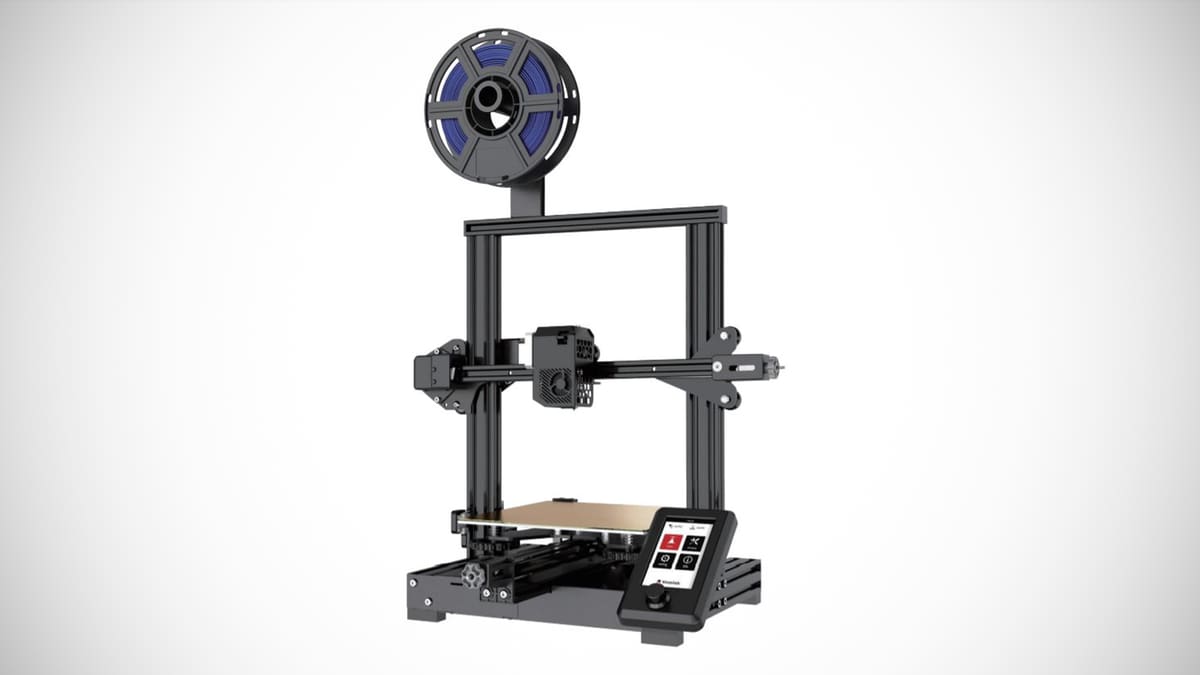
Costing significantly less than the Ender 3 S1, the Voxelab Aquila S2 is an alternative that’s better in some ways, and worse in others. With a build volume of 220 x 220 x 240 mm, it offers less printable area, but comes with a hot end capable of reaching 300 °C, letting you print engineering-type materials such as PC or Nylon. Plus, equipped with a direct extruder and dual cooling either side shotgun, the Aquila is also equally suited for flexibles, giving you the whole palette of filaments to print with.
The print bed is a PEI-coated magnetic steel sheet that can easily be removed and replaced from the heated platform. Like the Ender 3 S1, the Aquila’s UI has touchscreen looks, but won’t respond to your poking. Control comes via a rotary encoder (knob). The UI is clean, easy to navigate, and easy to understand.
Brainpower-wise, the Aquila S2 comes with one of two different 32-bit mainboards – designated H32 and N32. Both are open source and support DIY firmware, but you will need to use different tools to carry out the changes. The H32 mainboard is modifiable with Eclipse or Keil development tools, while the N32 is modifiable with VSCode. Hardware upgrades and modifications are possible on the S2, with the automatic-bed leveling sensor notably absent on the machine.
Priced competitively, the Aquila S2 has many features in common with the Ender 3 S1, but at a fraction of the price. There are noticeable ommissions, though, including dual stepper motors for Z-axis stability. A viable alternative for those with a tighter budget.
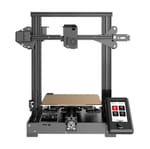
Anycubic Vyper
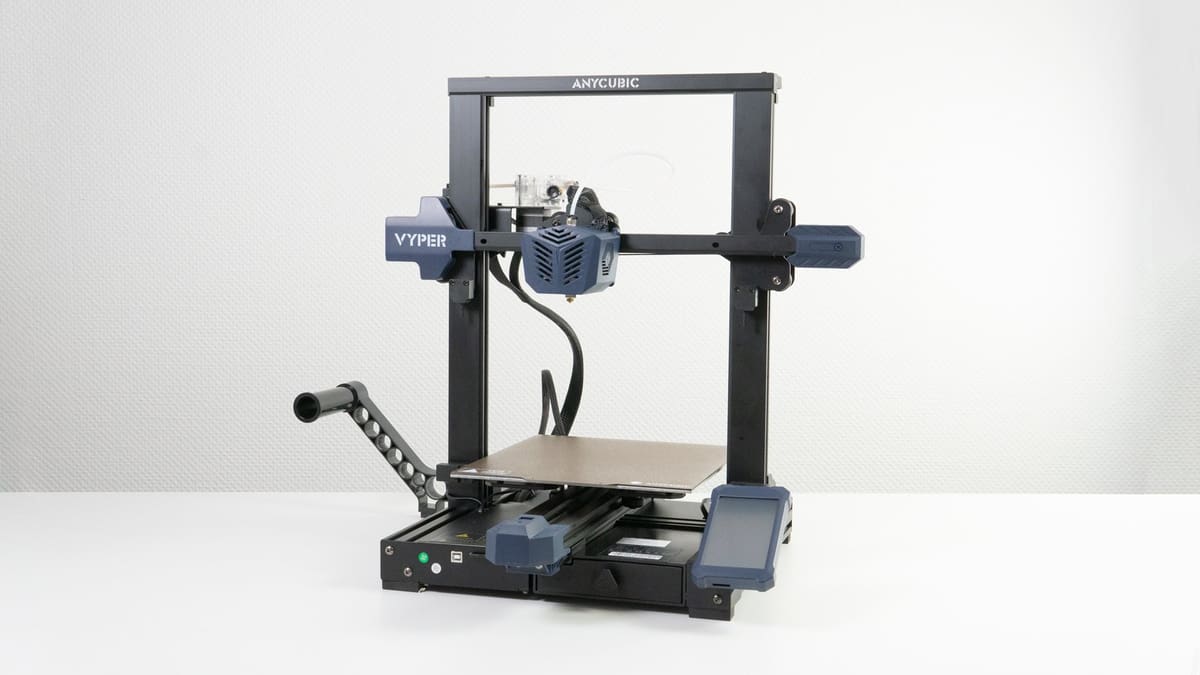
Anycubic’s Vyper looks like a not-so-distant cousin of the Ender 3 S1, and it shares a handful of features besides the similar look. With a 245 x 245 x 260 mm print volume, it’s not quite as tall as the S1 but offers more room to print on the X- and Y-axis.
Similarities to the S1 include automatic bed leveling, compensating for any unevenness of the print bed via a 16-point mesh probing, double Z-axis lead screws with photoelectric limit switches for a more synchronous movement and stable operation of the Z-axis, and a removable magnetic PEI covered print plate. The latter is considerably coarser than the S1’s, which provides good adhesion but swallows first layer detail and, in testing, we found it less durable.
Instead of the direct extruder, the Vyper features a strong dual-geared Bowden extruder. Its Volcano-style hot end, capable of reaching 260 °C, plays in the same ballpark as the S1 in terms of filament compatibility.
For the user interface, Anycubic slapped a large 4.3-inch color touch panel onto the Vyper alongside a completely new UI, with snappy responsiveness and simple operation powered by a 32-bit Anycubic mainboard and an ARM Cortex-M3 chip, plus TMC2209 stepper motor drivers.
The Anycubic Vyper enjoys large popularity amongst the maker community. In review, we found it to perform rather underwhelmingly, especially the stock print quality. It’s a capable machine for sure, working surprisingly well with flexible materials, but it doesn’t have us quite as fired up about it as many others seem to be.
At $349 though, it’s quite the saving on the Ender 3 S1’s $429.

Mingda Magician X
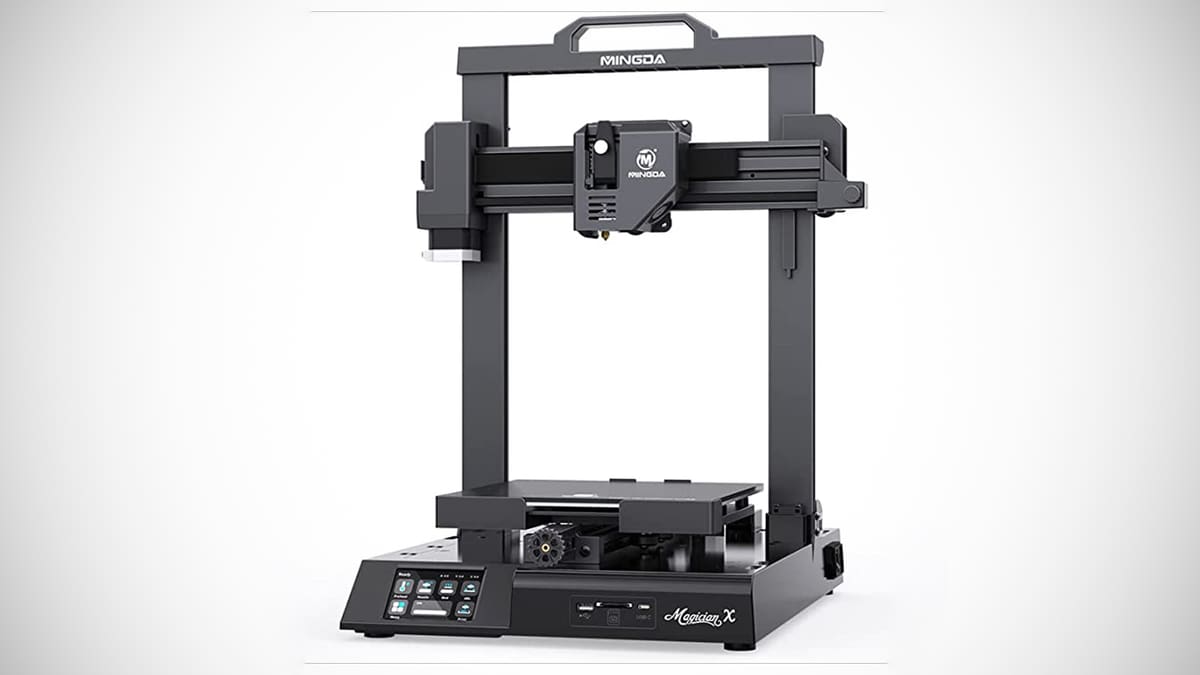
The Mingda Magician X might not be as well known as some of the other printers on this list, but this 230 x 230 x 260 mm-build-volume-packing printer features anear feature parity with the S1, including some of the “hidden” features, such as a tool drawer.
First and foremost, however, it’s the Magician X’s direct extruder and auto-bed leveling that secure the printer an entry on this list. The former is dual geared, which should translate to strong filament feeding. Combined with the double-fan-toting hot end (which heats up to 260 °C) the Magician X should make short work of consumer filaments such as PLA, ABS, PETG, and flexibles. Strain-gauge-based auto-bed leveling probes a 16 point mesh, and notably distinguishes itself from the Ender 3 S1 by keeping the bed hot during the process.
The Magician X also features a dual-driven Z-axis timed with a synchronous belt to prevent any misalignment. Plus, with its manual belt tensioners, you can easily fix any wiggliness in a jiffy.
As for the print bed, the Magician X comes with a Carborundum glass bed. Similar to a PEI coating, a popular feature on many printers today, it provides strong adhesion and clean first layers without the need for adhesives. Unfortunately, you won’t be able to flex it to get your prints off. Most of the time, prints will pop off once the bed has cooled, though you may need a scraper for physical removal from time to time.
For its UI, the Magician X features a 3.5-inch color touchscreen with a responsive and intuitive interface. You can input files via USB flash drive, SD card, or USB Type-C. Housing a powerful 32-bit control board with Cortex-M4 CPU gives it all the brainpower it needs, and the TMC 2209 silent stepper drivers see to an ambient noise level when operating.
The Mingda Magician X has recently dropped in price a bit, making it an attractively affordable alternative to the Ender 3 S1, with close to identical features.

Creality CR-6 SE
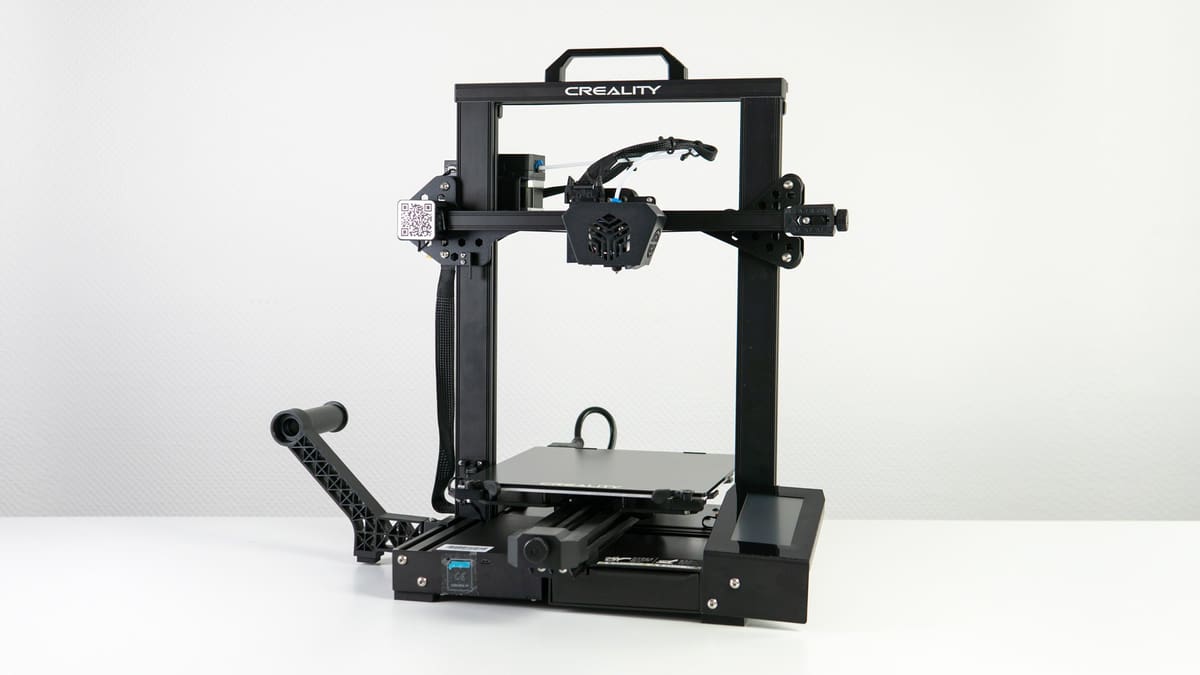
The Creality CR-6 SE is, in essence, a glitzier Ender 3 V2. If it hadn’t been for the recently released S1, we would have pointed anyone seeking a deluxe Ender towards the CR-6 SE – a reliable printer with many quality of life features. It ticks many of the S1’s boxes, but not all.
While its build volume of 235 x 235 x 250 mm slightly differs from the typical Ender 3 dimensions, the CR-6 SE comes with a breadth of features such as a dual motored Z-axis for extra stability and precise movement and a strain-gauge auto bed leveling system, making first layers a cinch and manual bed leveling a thing of the past.
The CR-6 SE, however, comes with a Bowden extruder instead of the new Creality Sprite direct extruder setup and features a Carborundum glass print surface instead of the removable magnetic PC bed found on the S1. While the latter can’t be removed and easily flexed to get prints off, adhesion is similar, and clean first layers are possible on the SE just as well. In testing, we quite liked the CR-6’s performance, producing good results quickly.
It does come with a 32-bit control board and silent stepper drivers but ditches the rotary knob-controlled display for a snazzy 4.3-inch touchscreen UI. And let’s not forget the tool drawer – the best way to store stuff, 3D print-related or not.
If you want to stay within the Creality family but are not quite ready to shell out the S1’s asking price, the CR-6 SE might be a viable alternative. Being a Creality 3D printer, you will have access to a large community and a sheer endless list of mods and upgrades should you wish to tinker with the CR-6 SE. It’s pricier than its own closest equivalent, the Anycubic Vyper, which has a better extruder, but having used both we’d say the experience of using it is much cleaner.

Learn more
Biqu BX
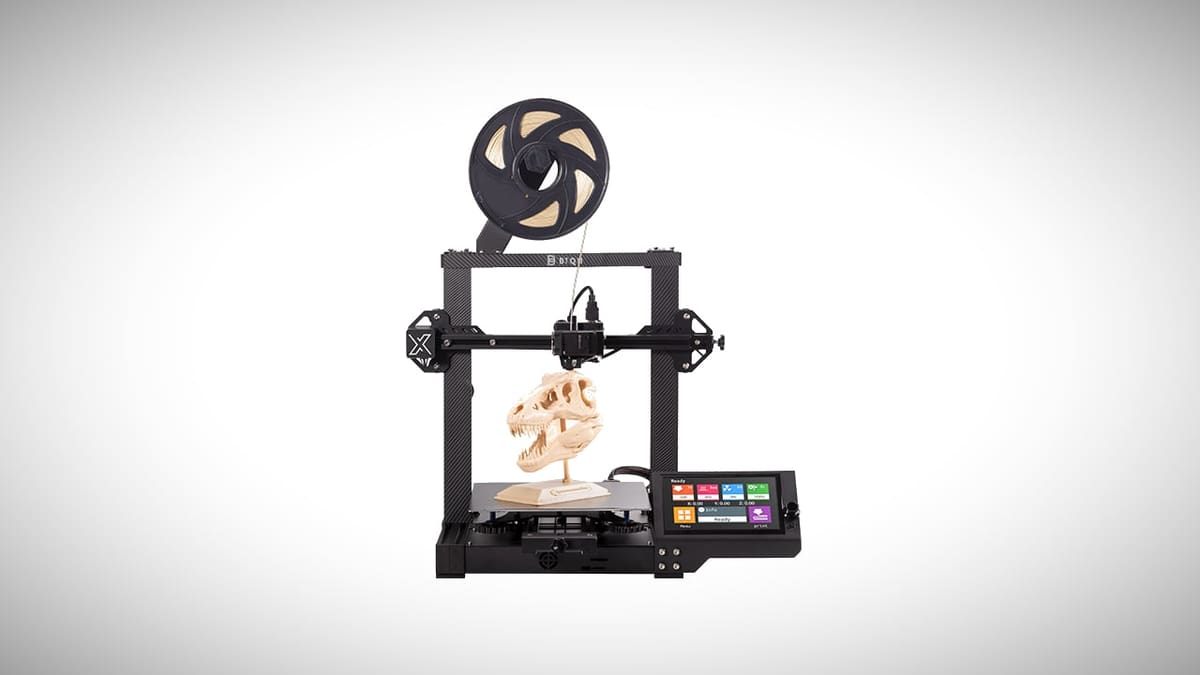
The Biqu BX offers a brawny 250 x 250 x 250 mm build volume, but that’s not the only flex this printer has. Check out that absolutely monstrous 7-inch control display.
First things first, though. Equipped with a lightweight direct extruder (219 g, according to Biqu) with a torque transmission ratio of 7:1, the extruder promises excellent printing performance, even for flexible materials. And with the hot end capable of reaching 300 °C, a broad range of compatible filaments are possible to print with.
Strapped with a dual threaded and powered Z-axis and a synchronizer belt on top, the BX should be well equipped to make use of that full build volume without the fear of wobbling and inconsistencies. Plus, thanks to its automatic bed leveling via a proximity sensor, clean and even first layers should be as easy as hitting “print.”
So far, so good, but its USP undoubtedly is the 32-bit control board from BigTreeTech (BTT), the company behind Biqu and a well-known manufacturer of 3D printer mainboards and upgrade components. The BX has OctoPrint integration right out of the box, a highly unusual and, frankly, extra feature that makes it stand head and shoulders above similarly priced machines simply for the possible control and monitoring this gives. Users can even switch between traditional Marlin, or BTT control modes with one tap on that massive control screen. The board also supports plug & print Raspberry Pi firmware expansion.
Lastly, if you are looking for a bit of funky pomp to your printing, the BX has built-in RGB LEDs.

License: The text of "The Best Creality Ender 3 S1 Alternatives" by All3DP is licensed under a Creative Commons Attribution 4.0 International License.
CERTAIN CONTENT THAT APPEARS ON THIS SITE COMES FROM AMAZON. THIS CONTENT IS PROVIDED ‘AS IS’ AND IS SUBJECT TO CHANGE OR REMOVAL AT ANY TIME.






